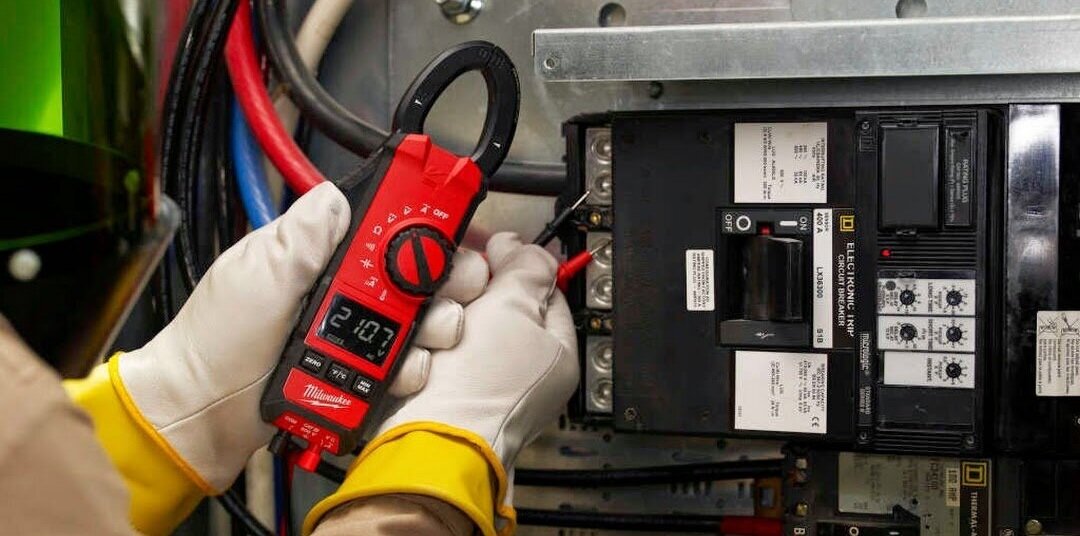Industry-specific mechanical engineering industry support solutions.
Industry-specific mechanical engineering industry support solutions.
Blog Article
Top Tips for Effective Electrical System Troubleshooting
Fixing electrical systems needs a systematic strategy, grounded in an extensive understanding of electric principles and safety protocols. The subtleties of reliable repairing prolong past mere technological expertise; recognizing exactly how to document findings and focus on security can dramatically affect results.
Understand the Essentials
Comprehending the fundamentals of electric systems is necessary for effective troubleshooting, as a solid structure enables technicians to diagnose and fix problems more successfully. A detailed grasp of electric concepts, such as voltage, present, resistance, and power, is essential in recognizing the origin of issues. Voltage is the electrical prospective difference that drives current through a circuit, while resistance opposes the circulation of present, impacting the overall functionality of the system.
Familiarity with circuit elements, consisting of resistors, capacitors, diodes, and switches, is additionally vital. Each component plays an unique duty in circuit actions and can affect efficiency when malfunctioning. Furthermore, understanding collection and parallel circuit setups is vital, as these plans affect the distribution of voltage and present within the system.
Furthermore, knowledge of security methods is important. Technicians have to recognize possible risks, such as shock and brief circuits, to apply safe troubleshooting techniques. By grasping these fundamental ideas, professionals boost their ability to carry out effective diagnostics and repair services, inevitably resulting in enhanced performance and reliability of electrical systems. This fundamental expertise is the keystone of successful repairing undertakings.
Gather Necessary Tools
Effective troubleshooting of electric systems requires the ideal set of devices to detect and settle issues properly. Important devices include a multimeter, which gauges voltage, current, and resistance, permitting for exact analyses of electrical components.
Furthermore, insulated hand devices such as screwdrivers, pliers, and cord strippers are crucial for securely adjusting electrical connections. It is additionally suggested to have a circuit tester accessible to verify the existence of voltage in electrical outlets and cables. For even more complicated systems, a thermal imaging cam can assist find overheating components, showing potential failures.

Comply With an Organized Approach
Having collected the ideal devices, the following action in troubleshooting electrical systems is to follow a methodical method. A methodical technique makes sure that professionals can recognize mistakes successfully and accurately, reducing downtime and stopping unneeded fixings.
Begin by evaluating the his response system's schematic diagrams and specs. Comprehending the style and functional specifications will offer context for detecting concerns. Next, separate the trouble area by using a process of removal. This entails checking each part methodically, beginning with the source of power and functioning in the direction of the tons.
Make use of testing tools, such as multimeters and oscilloscopes, to gather objective data about voltage, existing, and resistance at various factors within the system. This empirical evidence will guide your troubleshooting initiatives and aid to confirm or eliminate possible root causes of failure.
Additionally, take into consideration environmental aspects that may affect the system's performance, such as here temperature level fluctuations or moisture access. An extensive examination of wiring, links, and components will certainly ensure that all opportunities are accounted for.
Record Your Findings
Extensive documents is vital in the repairing process of electrical systems. Precise documents boost the performance of identifying repeating problems and promote interaction among group participants. Each finding needs to be meticulously noted, consisting of symptoms observed, tests performed, and the outcomes of those tests. electrical system troubleshooting. This method not only help in understanding the origin of the trouble but likewise works as a reference for future fixing efforts.

Additionally, preserving a log of parts changed or repair services done is important. This information sustains supply management and can aid examine the durability and reliability of details elements.
Eventually, the documentation procedure must be complete yet concise, enabling very easy retrieval and review - electrical system troubleshooting. By focusing on in-depth documentation, specialists can create a useful understanding base that not just aids in present troubleshooting yet likewise encourages future maintenance efforts, therefore enhancing total system integrity

Prioritize Precaution
Recognizing the intrinsic here are the findings risks related to electrical systems is important for ensuring security throughout troubleshooting. Electrical shock, burns, and devices damages are simply a few of the possible risks that specialists encounter. Prioritizing safety and security steps is not just a legal commitment however also an ethical necessary that safeguards both the service technician and the surrounding environment.
Before beginning any type of troubleshooting job, professionals should don proper individual protective equipment (PPE), consisting of protected gloves, safety and security glasses, and flame-resistant clothes. Guaranteeing that the job area is completely dry and cost-free of mess can considerably lower the danger of crashes. Furthermore, it is crucial to de-energize circuits before beginning any kind of work, verifying that they are not live via the use of a multimeter or voltage tester.
Establishing clear interaction procedures with group participants is additionally important; this makes sure that everybody is aware of potential threats and the standing of the electric system being functioned on. Lastly, having an emergency feedback plan in area can show indispensable in case of a case. By prioritizing precaution, technicians can properly alleviate risks and promote a much safer work environment.
Conclusion
Effective electric system repairing relies on a thorough understanding of essential principles and a systematic strategy. Prioritizing security steps makes sure the well-being of people entailed and the integrity of the electric system.
Report this page